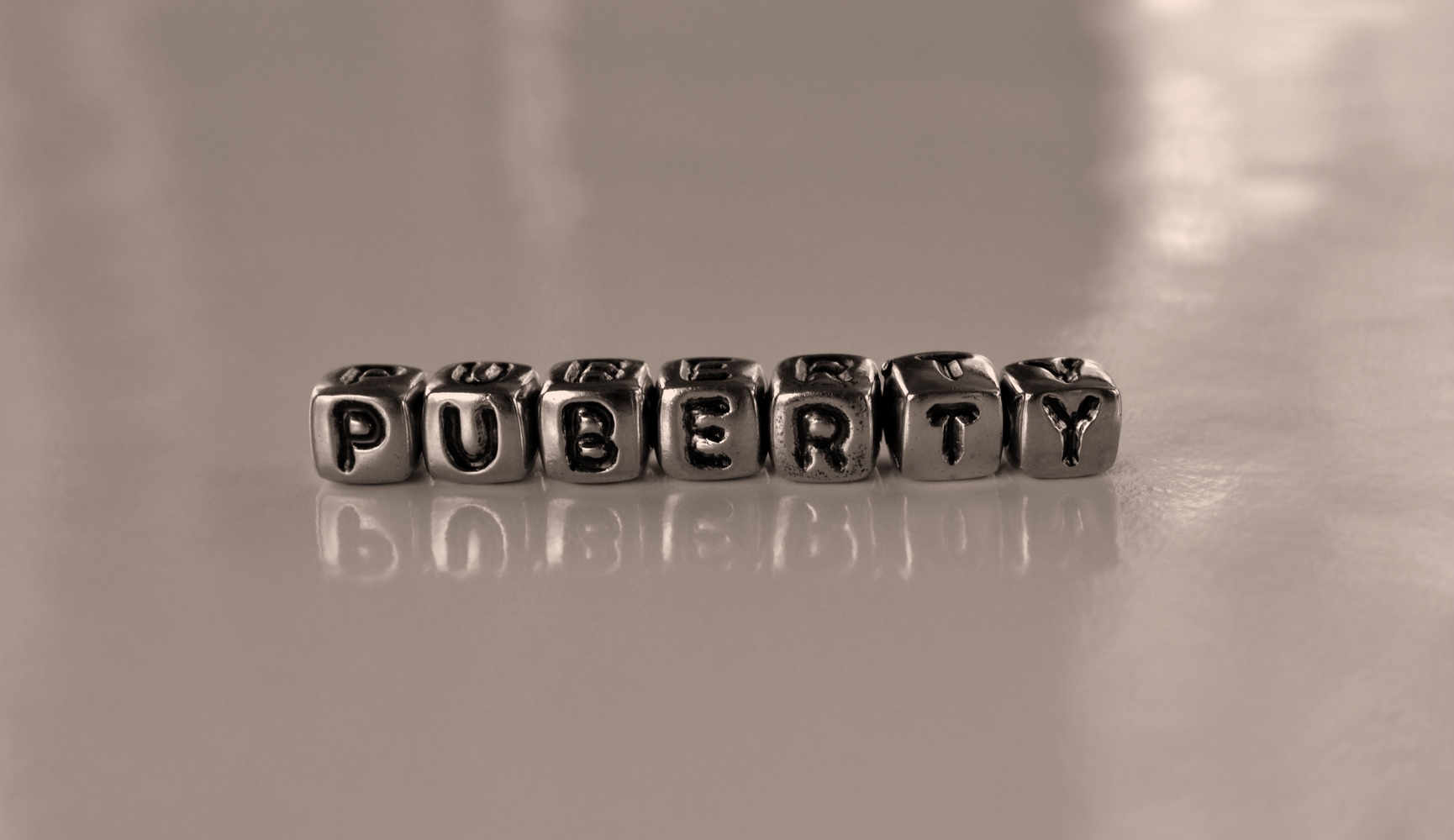Comprehensive Guide to the Physical and Emotional Stages of Male Puberty
This comprehensive article offers an in-depth look at the physical and emotional stages of puberty in boys, detailing each phase from prepubescence to full maturity. It provides valuable insights for parents and adolescents to better understand this critical developmental period, emphasizing the importance of support, education, and healthy habits for a smooth transition into adulthood.

A Complete Overview of the Physical and Emotional Development During Puberty in Boys
Puberty represents a significant milestone in a young boy's life, symbolizing the transition from childhood into adolescence and eventually into reproductive adulthood. This crucial phase involves a complex interplay of hormonal, physical, emotional, and psychological changes that prepare boys for future reproductive capabilities. Usually beginning between the ages of 9 and 14, puberty is driven primarily by an increase in hormone production, especially testosterone. These hormones orchestrate the various changes that characterize this developmental period.
At the core of pubertal development is the hypothalamus, a brain region that acts as a regulator. It signals the pituitary gland to release hormones like luteinizing hormone (LH) and follicle-stimulating hormone (FSH). These hormones then stimulate the testes to produce testosterone and sperm, ultimately leading to the profound physical transformations typical of this stage of life. Understanding these biological processes and the associated developmental stages can significantly help parents, guardians, and the boys themselves to better navigate this complex and sometimes confusing time.
Pubertal development in boys occurs through five main stages, each marked by distinct physical and emotional features. Recognizing these stages offers insight into what to expect at each phase, fostering understanding and patience during this dynamic period.
Prepubescent Stage (Stage 1): This initial phase occurs before any visible signs of puberty. The child’s body remains predominantly childlike, with no noticeable development of secondary sexual characteristics. During this stage, boys may experience steady growth in height, but it is usually slow and subtle. Emotional and social behaviors remain typical of childhood, with little variation.
Early Puberty (Stage 2): This marks the beginning of visible changes. One of the earliest signs is the growth of pubic hair, often sparse initially, but gradually increasing in density and darkness. Slight increases in height also occur. Boys may notice fine hair developing under the arms and on the upper lip, though these changes are still modest. Emotional development may include feelings of self-consciousness, mood swings, and the beginning of a desire for independence.
Mid Puberty (Stage 3): During this more rapid phase of growth, boys often experience significant increases in height, sometimes growing several inches in a year. Voice deepening begins, and the vocal cords lengthen, resulting in a lower pitch. Facial hair starts to grow more prominently on the upper lip, jawline, and chin, and muscle mass begins to increase, giving the body a more mature appearance. These physical changes often coincide with heightened emotional sensitivity, peer influence, and identity exploration.
Late Puberty (Stage 4): Growth rate slows, but physical development continues. Acne may become a common issue, and the body develops a more defined musculature. Pubic, underarm, chest, and facial hair become denser and coarser. The testes and penis reach near-adult size. Boys often experience the development of reproductive capabilities, including the ability to produce sperm. During this stage, emotional fluctuations can be intense, and boys often seek greater independence and social acceptance.
Full Maturity (Stage 5): This final stage marks the completion of pubertal development. Height growth tapers off, and the voice stabilizes at a deep tone. Fully matured body hair covers the groin, chest, and face. The reproductive system reaches its peak, enabling fertility. Emotional maturity continues to develop, with boys gaining better understanding and control over their feelings. Overall, this stage signifies the transition into adulthood, with physical and emotional features stabilizing into a relatively permanent state.
While the physical transformations are conspicuous, emotional and psychological changes are equally significant during puberty. Mood swings, increased self-awareness, a desire for social belonging, and questions about identity are common. Recognizing these emotional shifts as natural parts of development helps in fostering patience and understanding, whether from parents, teachers, or peers. Open communication, support, and education are essential for guiding boys through this transition confidently and healthily.
Supporting boys through puberty involves not only understanding these stages but also encouraging good hygiene, healthy diet, regular exercise, and emotional openness. Providing accurate information helps reduce confusion and anxiety, promoting a positive self-image. Remember, each individual’s puberty timeline can vary, and differences should be accepted and respected.
In conclusion, puberty is a multifaceted journey that prepares boys for adulthood physically, emotionally, and psychologically. Having a clear understanding of its stages allows caregivers and boys themselves to navigate this important phase with confidence and support, laying the foundation for healthy development into young adulthood.




